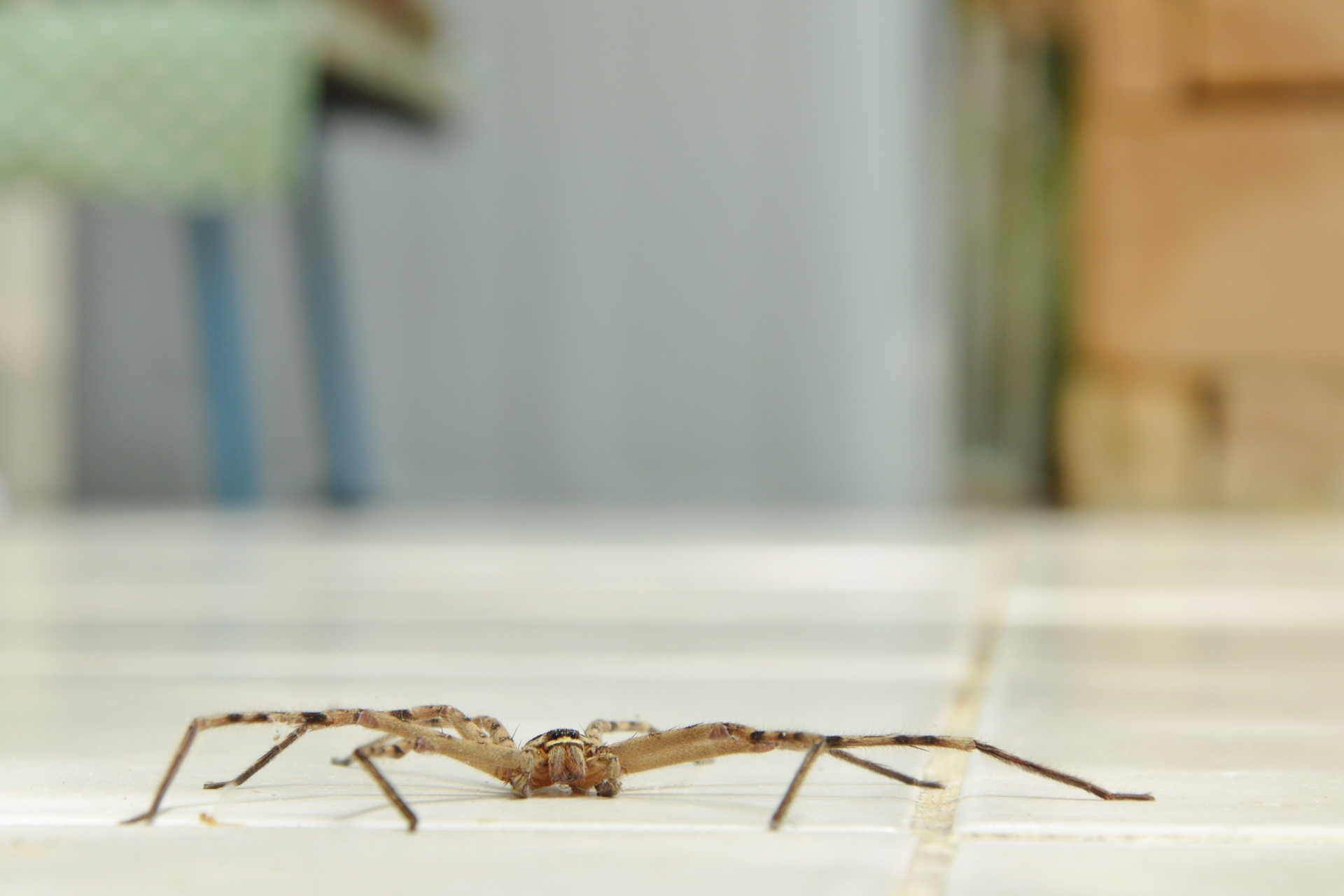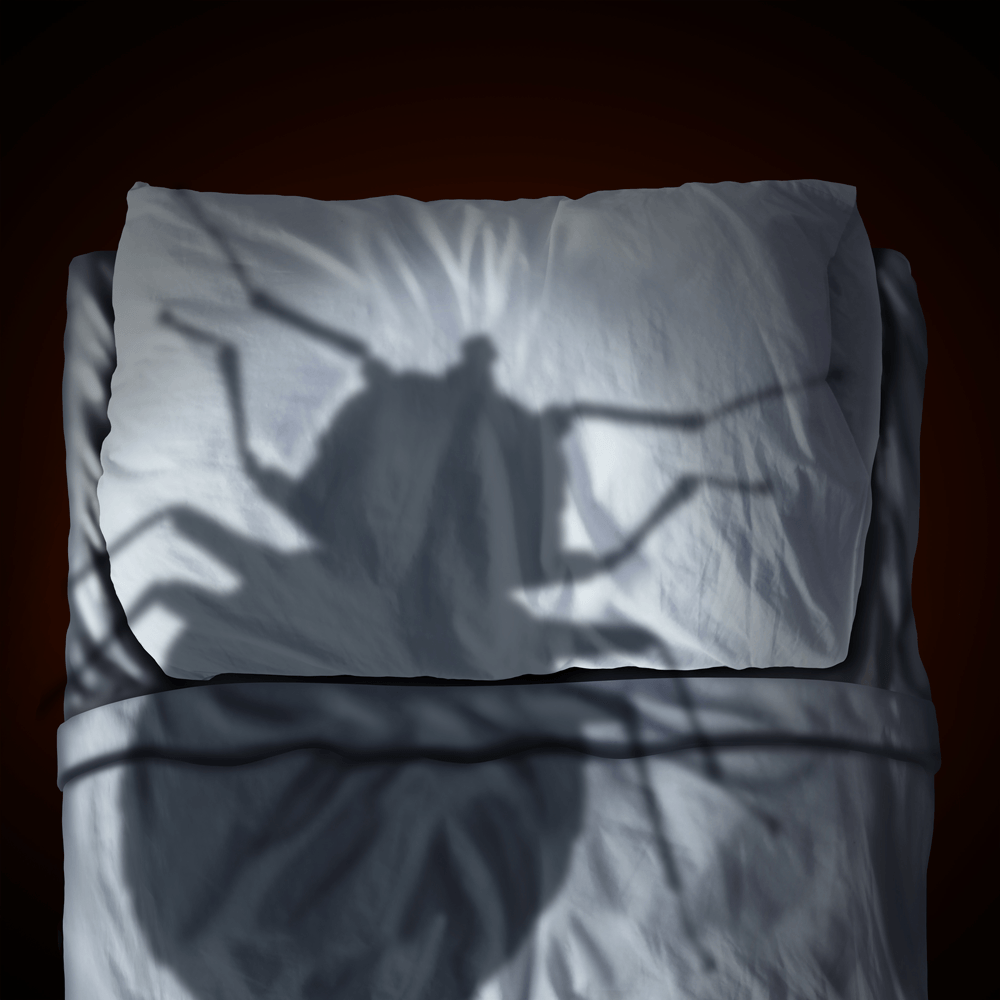Why Are Bats And Vampires So Closely Associated?
Which Came First, The Bat Or The Vampire?
"I thought it well to know if possible where the Count would go when he left the house. I did not see him, but I saw a bat rise from Renfield's window, and flap westward."
~Dracula, Bram Stoker
Have you ever wondered how bats became so closely linked to the vampire mythology that even now, in the twenty-first century, these little flying mammals are often looked on with excessive fear and disgust? Was it all Stoker's fault? Or, did the famous 19th-century writer merely bring back into the light (if you'll pardon the irony) myths and legends whose origins have faded into the shadows of the past?
Let's take a look…
The earliest accounts of vampires date back to ancient Sumerian and Babylonian myths from around 4,000 B.C. From there, these stories spread into Assyria, Greece, China, India, and from there into the ancient European world. Early Slavic societies (specifically Romania) believed that a bat flying over an unburied corpse could reanimate the recently deceased into a vampire. This is often cited as a likely (though contested) origin of the bat-vampire link. Medieval artwork may have played a part in this association as well, with its tendency to depict demons with bats' wings, opposite baby-like cherubs, and magnificent angels equipped with the wings of doves or eagles. The world of animal flight is almost universally dominated by feathers and plumage of varying degrees of beauty. The bat, on the other hand, with the skeleton-like, leathery appearance of its wings, was an easy choice to represent an unnatural and menacing counterpoint.
Bats, as dark creatures of the night, were associated with mysterious and supernatural gothic literature long before Bram Stoker's novel exploded onto the scene. The Vampyre, the first full work of fiction about a vampire, in English, was written in 1816 by John William Polidori as part of a contest between Polidori, Mary Shelley, Lord Byron, and Percy Shelley. (The same contest produced the novel, Frankenstein.) A bat-like vampire appears as an illustration in the novel Varney the Vampire (aka "The Feast of Blood," 1845), which appeared in the hugely popular "Penny Dreadful" horror pamphlets of the time, fifty years before Dracula.
The novel, Vikram and the Vampire (1870) originated from the Hindu folktale, "Baital Pachisi." The Baital being a vampire-like demon who appears chiefly as a large, bat-like creature and hangs upside-down from a tree. Baital Pachisi was first written in Sanskrit early in the 11th century, but even that work is based on more ancient oral stories, now lost to history.
While working on his novel in the 1890s, Stoker came across a clipping in a New York newspaper concerning these vampire bats, which directly influenced the plot in Dracula. "I have not seen anything pulled down so quick since I was on the Pampas and had a horse. One of those big bats that they call 'vampires' had got at her during the night, and there wasn't enough blood in her to let her stand up." ~ Quincey Morris, Dracula. Stoker was either unaware of how tiny the vampire bat was, or, as many writers both before and after his time, decided that truth just wasn't as important as a good story. The idea that a vampire could shape-shift into the form of a bat (as well as a wolf) came purely from Stoker's imagination. Count Dracula frequently disguises himself in the form of a large bat that flaps at Lucy's window.
When Spanish explorers first observed the blood-lapping, mouse-sized, bats in Central and South America (their natural habitats), they were given the label "vampire" (literally: blood drunk) because they were the only species of bat known to live solely off the blood of their prey; typically small mammals and livestock.
Only three of the more than 1,300 bat species in the world are vampire bats: the common (Desmodus rotundus), the white-winged (Diaemus youngi), and hairy-legged (Diphylla ecaudata) vampire bats. A Venezuelan research team has isolated a previously unknown anticoagulant glycoprotein from the common vampire bat. Named "draculin," this anticoagulant agent promises to be significant in the development of improved drugs to fight heart disease and stroke.
Bats have been a protected species under the Wildlife and Countryside Act of 1981 and the Conservation Regulations of 1994. There is evidence that all bat species have declined over the last 100 years and, most significantly, since the 1960s. Bats are a keystone species, crucial to the tropical and desert ecosystems they live in. Without bats' pollination and seed-dispersing, many local ecosystems would crumble. As primary predators of nocturnal insects, bats control many of the most annoying pests. One bat eats as many as 3,000 flying insects a night during the summer.
The vampire-to-bat (and back again) transformation has mostly fallen out of favor in the recent vampire fiction craze. It is rarely seen in conjunction with today's crowds of moody, metro-sexual, teen blood-suckers, slouching around high-schools, and graveyards. Count Dracula would not be impressed.






